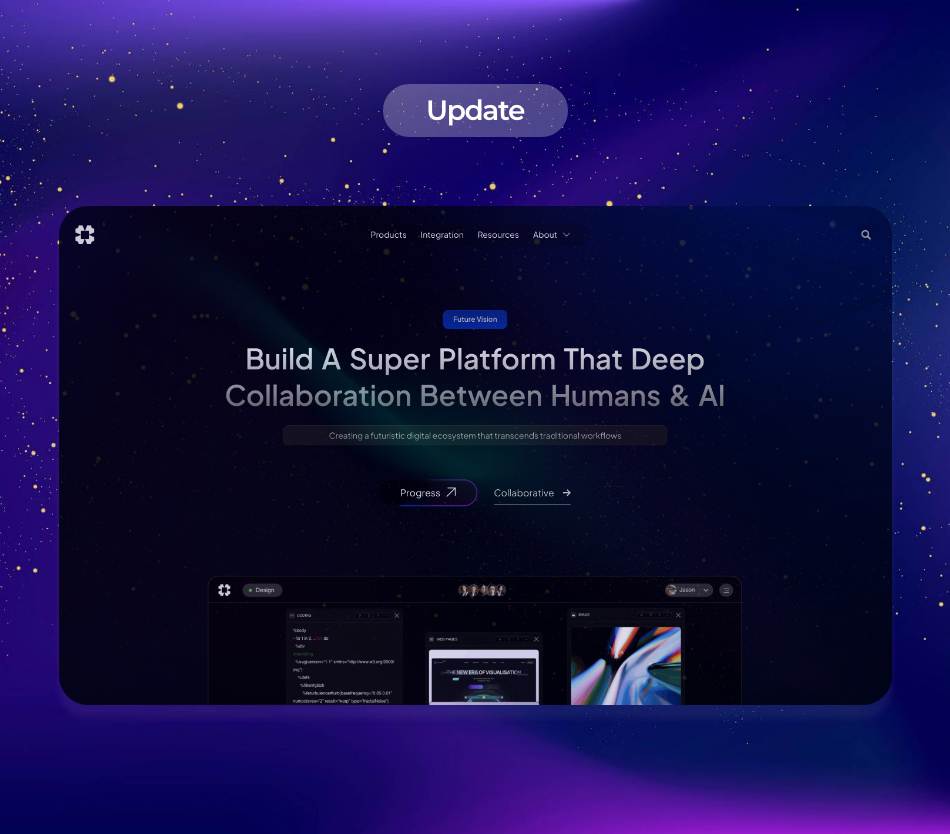As technology continues to advance at an unprecedented pace, operating systems are adapting to enhance user experience and streamline functionalities. One of the most exciting innovations in this domain is the emergence of Next-Gen Operating Systems (OS) that integrate voice-activated Artificial Intelligence Operating Systems (AIOS) with smart memory management capabilities. These advancements not only showcase the potential for more intuitive and efficient interfaces but also signify a shift toward seamless integration of AI in daily operations.
The traditional user interface paradigm has primarily relied on graphical elements, requiring users to engage with physical devices through touch and visual cues. However, as connected devices proliferate, the need for more natural and intuitive interaction models has become paramount. Next-Gen Operating Systems are addressing this shift by employing voice-activated AIOS, allowing users to interact with their devices using voice commands. This technology reduces reliance on manual input, significantly improving accessibility for individuals with disabilities and enhancing user engagement for the general populace.
Voice-activated AIOS leverage sophisticated natural language processing (NLP) algorithms and machine learning to interpret and execute commands issued by users in real time. These OS facilitate hands-free operation, which is essential in environments where multitasking is common. For instance, a driver can effectively manage navigation and make calls without taking their eyes off the road, massively contributing to road safety. This paradigm shift not only enhances productivity but empowers users to engage with technology in a more organic manner.
Moreover, smart memory management in AIOS plays a critical role in optimizing application performance and efficiency. Next-Gen Operating Systems are equipped with advanced techniques that allow them to monitor application usage patterns, predicting which apps will be needed based on user behaviors. This proactive approach to memory management enables the OS to allocate resources dynamically, ensuring optimal performance even on devices with limited hardware capabilities.
For example, when a user often accesses a particular application, the AIOS recognizes this pattern and pre-loads necessary resources, allowing for instantaneous accessibility without lag. Furthermore, these systems can automatically identify and minimize resource consumption by background applications that are not frequently utilized, thus prolonging battery life and enhancing operational efficiency. This intelligent resource management aligns perfectly with the demands of modern users who expect efficiency without compromising performance.
In addition to optimization, voice-activated AIOS equipped with smart memory management are making strides in security and privacy. These systems can employ voice recognition technology to authenticate users, making unauthorized access cumbersome. With the rise of concerns surrounding data breaches and identity theft, having a robust security layer is essential. By utilizing voice patterns for biometric authentication, users can ensure a higher level of security, as voice patterns are difficult to replicate.
Smart memory management protocols not only prevent unauthorized access but also enhance data protection. By automating the cleanup of cached data and temporary files that may harbor sensitive information, AIOS provide a safer computing environment. This attention to user security underscores the paradigm shift towards more conscientious technology that considers the implications of privacy and protection.
Furthermore, the rise of Next-Gen Operating Systems is opening new avenues for industry applications. Enterprises can leverage voice-activated AIOS to improve workflow efficiency, reduce training costs, and facilitate real-time communication. For instance, in sectors like healthcare, medical professionals can utilize voice commands to retrieve patient information or update records without interacting with devices physically, allowing them to focus on patient care.
In retail environments, employees can employ voice-activated systems to access inventory databases, place orders, and conduct customer service inquiries. These enhancements not only streamline operations but also create a more engaged customer experience. The ability to allow employees to operate hands-free while attending to customer needs creates a fluid retail environment that addresses both productivity and service quality.
Moreover, in the realm of education, Next-Gen Operating Systems support an immersive learning experience. Voice-activated AIOS can facilitate discussions, generate quizzes, and provide instant feedback on student performance based solely on voice interactions. These systems foster a collaborative atmosphere in educational settings, encouraging participation from all students, especially those who may be hesitant to engage verbally in traditional classrooms.
However, despite these advancements, the integration of voice-activated AIOS and smart memory management into mainstream technology is not without its challenges. Concerns about accuracy, understanding of diverse dialects, and nuances in language can hinder user experience. Additionally, there are significant implications surrounding user data privacy that must be meticulously navigated to build trust with consumers who are increasingly cautious about their data.
To address these issues, developers and researchers are focusing on refining natural language processing algorithms to enhance the accuracy of voice recognition technology. By employing vast datasets and machine learning techniques, creators are working to ensure that voice-activated systems can accurately interpret commands across various accents and linguistic structures.
Moreover, transparency in data handling practices will be crucial in establishing consumer confidence. Operating systems must clearly communicate what data is being collected, how it is used, and the measures in place to protect user information. Such steps will not only enhance user experience but also mitigate the fears surrounding surveillance and data exposure in the age of AI.
The future landscape of operating systems is undeniably exciting, with Next-Gen Operating Systems poised to redefine interaction paradigms through voice-activated AIOS and smart memory management. These innovations bear the potential to drive unprecedented efficiencies not only in personal computing but across a myriad of industries, transforming the way we interact with technology.
As organizations race to adopt these next-gen capabilities, we will undoubtedly see a clearer picture of how these systems evolve and integrate into everyday life. The trajectory toward intuitive, voice-activated solutions, accompanied by strategic memory management practices, is not merely a trend but rather a glimpse into the future of human-computer interaction.
In conclusion, the convergence of voice-activated AIOS and smart memory management in Next-Gen Operating Systems marks a pivotal moment in technological evolution. The era where speaking to our devices becomes the norm is on the horizon, promising a seamless, efficient, and engaging user experience. As industries embrace these trends, users can look forward to a future where technology becomes even more adaptable—catering to their unique preferences, habits, and demands.
Sources:
1. MIT Technology Review, “The Future of Voice AI: What’s Next for Intelligent Assistants”
2. Forbes, “How Artificial Intelligence Is Reshaping Operating Systems”
3. Gartner, “The Importance of Smart Memory Management in AI Systems”
4. TechCrunch, “Voice-activated AIOS: The Next Big Thing in Computing”
5. Harvard Business Review, “Revolutionizing Business Operations with AI and Voice Technology”




























